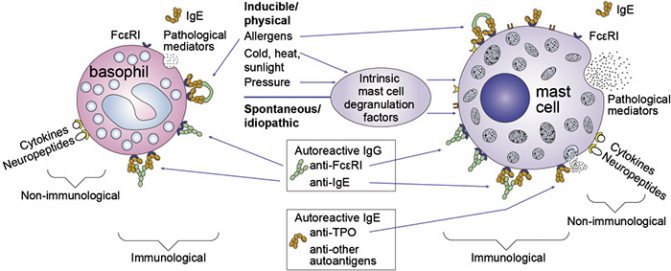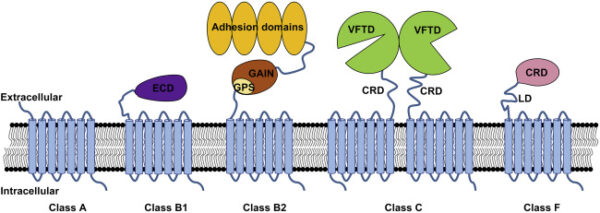The immune system plays an essential role in protecting the body against disease by recognizing and eliminating harmful pathogens and abnormal cells. The development of targeted therapeutics that leverage the power of the immune system has revolutionized the treatment of many diseases, including cancer, autoimmune disorders, and infectious diseases. Immunological libraries, which consist of a diverse range of antibodies and antibody-like molecules, represent a critical resource for researchers developing immunotherapies. In this article, we will explore how immunological libraries are used to identify compounds targeting specific immune receptors and pathways.
Chemokine Receptors
Chemokine receptors are a family of G protein-coupled receptors that play a crucial role in immune cell migration and activation. They are involved in various inflammatory and immune-related diseases, including cancer, autoimmune disorders, and HIV. Immunological libraries have been used to identify antibodies and small molecules that target chemokine receptors, inhibiting their activity and preventing immune cell migration and activation. For example, researchers have identified a monoclonal antibody that targets the CCR5 chemokine receptor, which is important for the entry of HIV into immune cells. This antibody blocks the interaction between HIV and CCR5, preventing viral entry and leading to a reduction in HIV viral load.
Toll-like Receptors
Toll-like receptors are transmembrane receptors that recognize specific microbial patterns and activate the immune system. Dysregulation of Toll-like receptor activity has been implicated in the development of various inflammatory and autoimmune disorders. Immunological libraries have been used to develop small molecules and antibodies that target Toll-like receptors, either blocking or enhancing their activity. For example, researchers have developed a synthetic Toll-like receptor 4 antagonist that inhibits the pro-inflammatory response of immune cells and shows potential as a therapeutic for sepsis and other inflammatory diseases.
P2X7
P2X7 is an ATP-gated ion channel expressed on immune and inflammatory cells. It plays a role in cell death, cytokine release, and inflammation. Overactivation of P2X7 has been implicated in several inflammatory and immune-related diseases, including rheumatoid arthritis, multiple sclerosis, and inflammatory bowel disease. Immunological libraries have been used to identify small molecules that inhibit P2X7 activity and reduce inflammation and cell death. For example, researchers have developed a small-molecule P2X7 antagonist that reduces inflammation and pain in animal models of arthritis.
PD-1/PD-L1
PD-1/PD-L1 is an immune checkpoint pathway that regulates the immune response. PD-1 is expressed on T cells, while PD-L1 is expressed on various cell types, including cancer cells, inhibiting T cell activation and allowing tumors to evade the immune system. Immunological libraries have been used to develop monoclonal antibodies that block the interaction between PD-1 and PD-L1, restoring T cell activity and leading to a reduction in tumor growth. For example, antibodies targeting PD-1, such as pembrolizumab and nivolumab, have been approved for the treatment of various types of cancer.
Arginase
Arginase is an enzyme involved in amino acid metabolism and is expressed by immune cells. It plays a role in regulating the immune response, and overexpression of arginase has been implicated in various inflammatory and immune-related diseases, including asthma and cancer. Immunological libraries have been used to develop small molecules that inhibit arginase activity, reducing inflammation and restoring immune function. For example, researchers have identified a small-molecule arginase inhibitor that reduces tumor growth and increases T cell activity in animal models of cancer.
Others
Immunological libraries have also been used to develop compounds targeting various other immune receptors and pathways, including cytokine receptors, check-point molecules, and complement proteins. For example, researchers have identified antibodies that target interleukin-6 receptor, a molecule involved in the pathogenesis of rheumatoid arthritis, and show potential as a therapeutic for this disease.
Conclusion
Immunological libraries represent a valuable resource for researchers developing targeted immunotherapies. They have been used to identify and develop compounds that target various immune receptors and pathways involved in the pathogenesis of inflammatory and immune-related diseases. These compounds have the potential to revolutionize the treatment of many diseases, restoring immune function and reducing inflammation and cell damage. As research in immunology and molecular biology continues to progress, the potential of immunological libraries in identifying novel targets and compounds grows, offering hope for new and more effective treatments.




